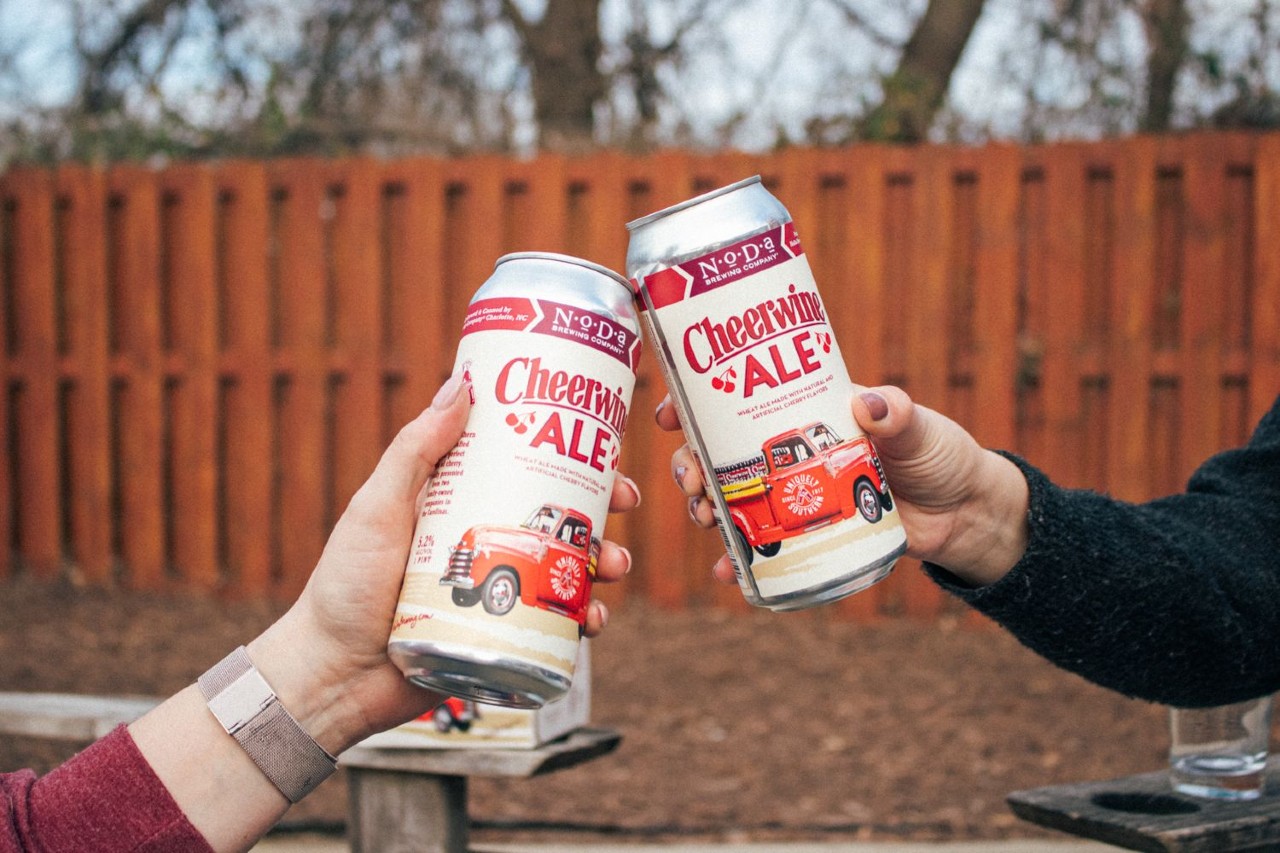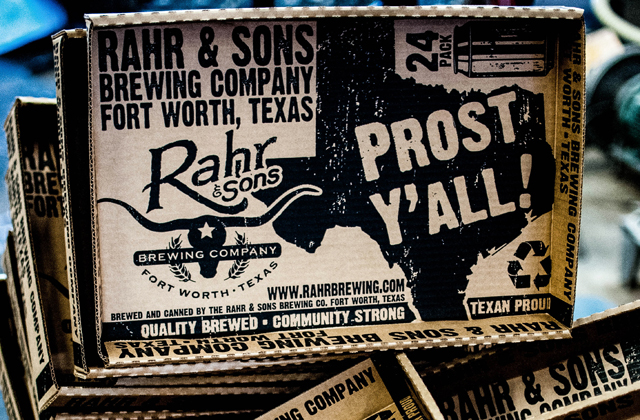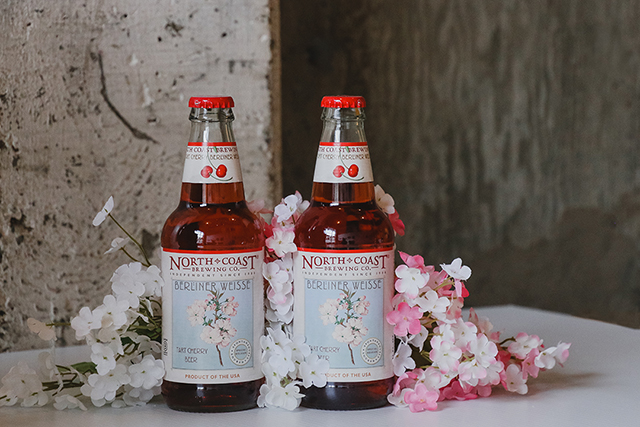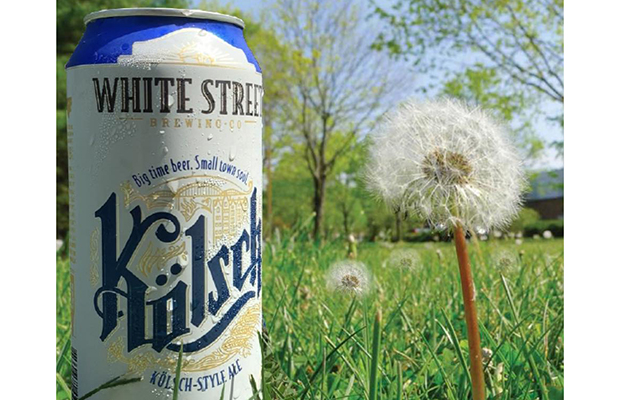
NoDa Brewing Company’s Cheerwine Ale is relatively new to the craft beer scene but it’s already seemingly ubiquitous in its home state of North Carolina, where it’s getting a lot of attention.
It’s not hard to see why. Cheerwine is a North Carolina cherry soda that’s been around for more than 100 years, and the soda’s recognizable flavor was a natural fit for a wheat beer.
“The upside for it was being able to utilize a very distinct flavor profile that is very unique to the Cheerwine brand and also a stand out product in our home state market,” head brewer Chad Henderson said. “Unlike many other soft drink companies, Cheerwine has a very unique flavor profile that is very familiar to people who’ve experienced it.”
Cheerwine took some of the guesswork out of the collaboration by providing NoDa with the actual flavor compound, but that didn’t mean creating the new year-round offering was bereft of challenges.
“I knew we could express and celebrate that flavor distinctly, the challenge for me as a brewer was to form the rest of the beer around it to both offer a craft beer foundation but also allow the Cheerwine signature flavor to come front and center,” Henderson said. “With the goal of this beer to be a celebration of the cheerwine flavor and also be a beer that could be approachable year round by a wide array of beer drinkers I had to consider several things when concerning the style and ingredients.”
Henderson said the company weighed its options when working to decide what kind of beer the Cheerwine Ale would be. He didn’t want it to be hop forward like a Pale Ale or an IPA, and he decided against the flavor-friendly canvas of a Lager because he didn’t want tank lagering time to factor in the launch of the brand.
“The first test run I did of the beer was actually an Amber ale and the roasty caramel character clashed hard with the Cheerwine flavor, and anything darker like a Porter or Stout could prove too seasonal or polarizing,” he said.
It came down to making a Blonde Ale or an American Wheat Ale.
“I ended up going with the Wheat Ale as the feedback from both companies showed that the fuller body and overall malt sweetness of that style was preferred over the slightly lighter and cleaner Blonde Ale variant,” Henderson said. “I then added black cherry puree to the fermentation of the wheat ale to add more of a hint of color that is familiar to the Cheerwine brand while also adding a nice stonefruit undertone that complimented the cheerwine flavor compound.
“The compound given to us had no sugar in it and I didn’t want to back sweeten the beer so the wheat ale’s natural full body character and light notes of cherry made this a pleasant beer base while pronouncing the Cheerwine flavor.”
The fact the flavoring came sans sweetness was actually to the brewery’s benefit, Henderson explained.
“Cheerwine as a soda definitely has assertive sweetness, and that was my first concern when we started the project, so I was very relieved to learn that the sweetness level was in my court and the compound they provided was lacking any sugars,” Henderson said. “I think the best practice when doing something like this is think first, ‘How much of the experience of this soda is based on the sugar and how much of it is based on the flavor/aroma accents?’
“While the soda is sweet, I think the flavor and aroma is what triggers so much of the experience and memory for those who enjoy the brand.”
For brewers who feel that the actual soda itself is important, Henderson suggested steps that involve considering the terminal gravity and adjusting the mash temperature up in order to have the beer finish sweeter.
“You can base much of the beer’s mash bill on adjuncts like oats or wheat in order to enhance the mouthfeel as well, which gives the impression of a more full flavored or sweet experience and you can always add lactose to boil which is too complex for yeast to consume so it will sweeten the beer,” Henderson said. “As I didn’t want to alienate those sensitive to lactose I didn’t consider it for this project. One thing you don’t want to do is back sweeten the beer unless you are fully pasteurizing it — which we do not — as you can have the risk of additional fermentation kick off which could cause aggressive carbonation or rupturing cans.”






Be the first to comment